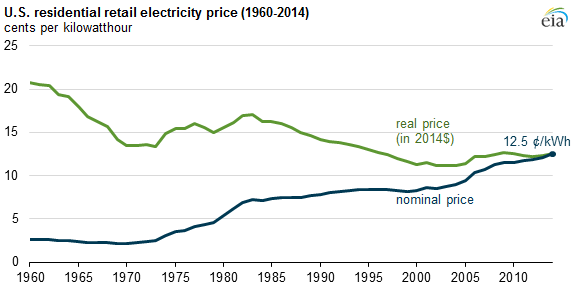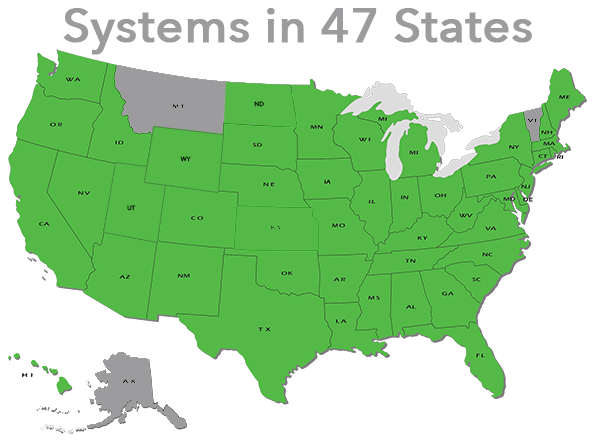
March 20, 2015 After reaching record levels in 2013 , United States imports of biomass-based diesel fuel (both biodiesel and renewable diesel) fell 36%, to 333 million gallons in 2014. Uncertainty surrounding future Renewable Fuel Standard (RFS) targets and the absence of a late-year influx of volumes from Argentina were two main factors in this decline. The strongest drivers of the resurgence in U.S. biomass-based diesel demand since 2012 have been increasing RFS targets and the on-again, off-again biodiesel tax credit. Biodiesel and renewable diesel are valuable because they qualify for the two major renewable fuel programs in the United States: the RFS applied at the national level, and California's Low Carbon Fuel Standard (LCFS). Biomass-based diesel fuels have additional advantages over other renewable fuels because of their relatively high energy content and low carbon intensity, which allow them to qualify for higher credit values in both renewable fuel programs. Both...
2748 Hits
Copyright
© EIA
2748 Hits






































